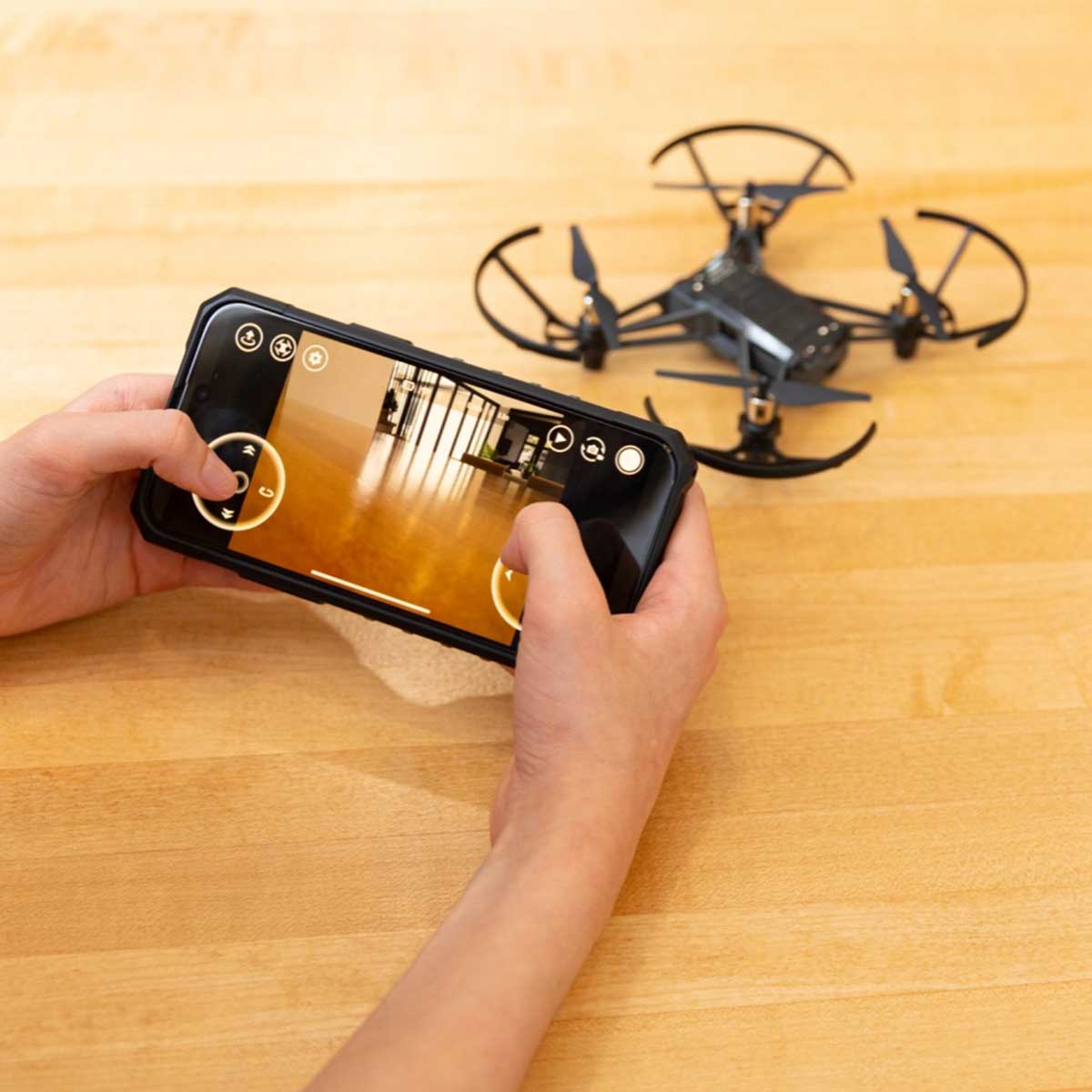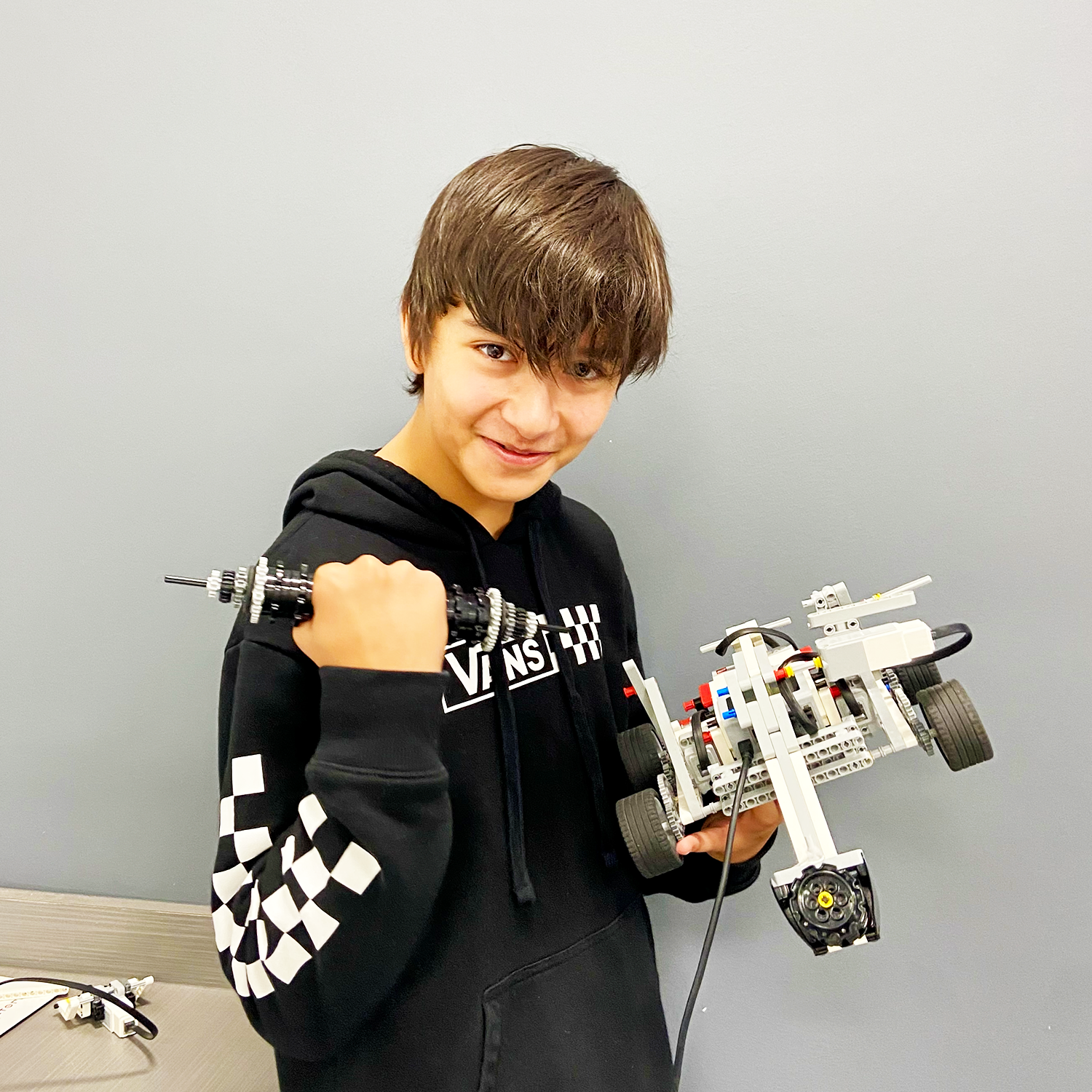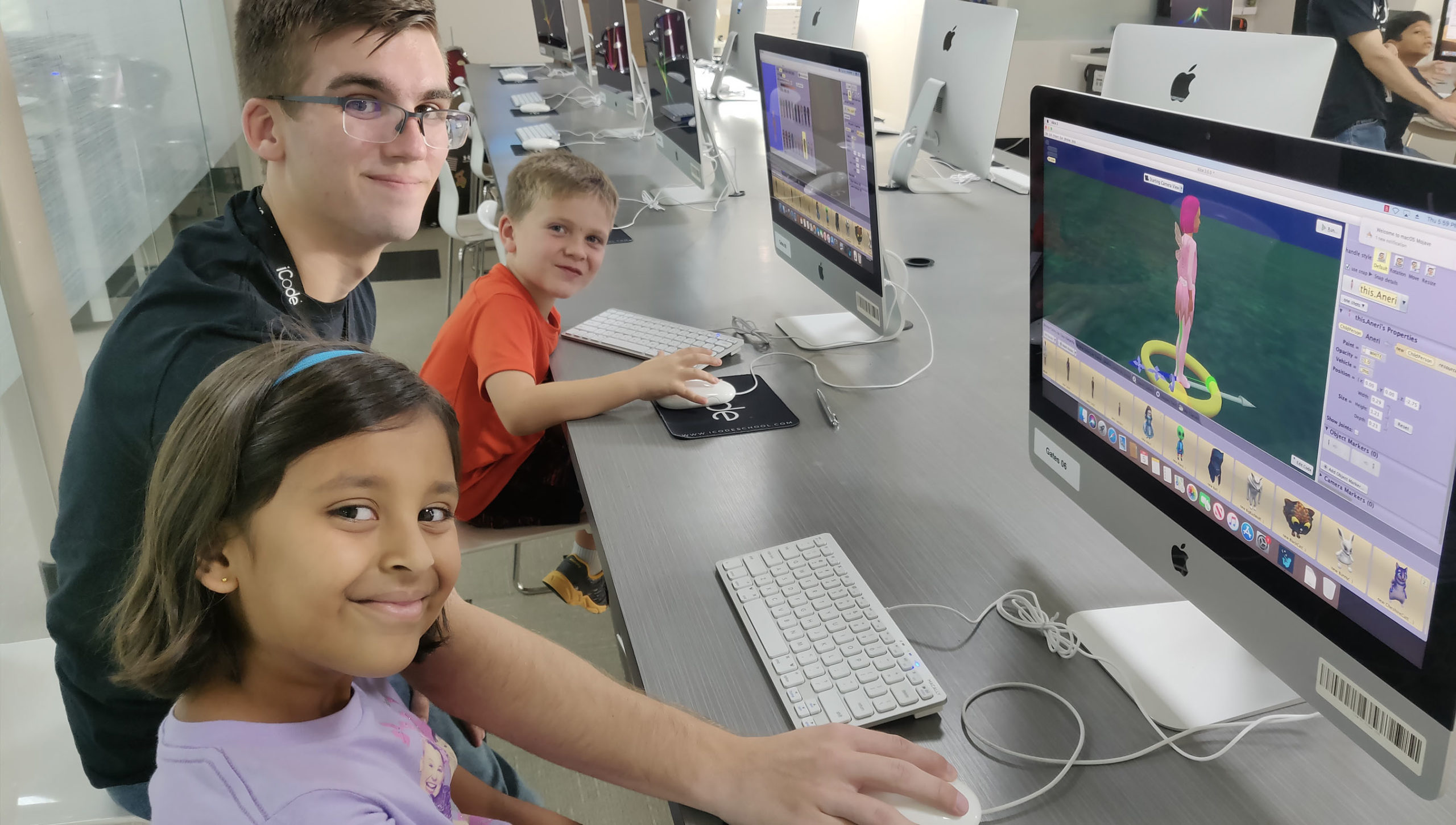Top 4 Amazing Fall STEM Projects for First Graders
Fall is here. Kids will start spending more and more time indoors, but that doesn’t have to limit their exploration and learning! Today we’ll look at the best Fall STEM projects for first graders to keep those little ones occupied.
By the way, don’t be surprised if you have as much fun as your kids! These fall projects are easy to set up, super affordable, and totally fascinating.
Ready? Let’s go.
/*! elementor – v3.7.8 – 02-10-2022 */
.elementor-heading-title{padding:0;margin:0;line-height:1}.elementor-widget-heading .elementor-heading-title[class*=elementor-size-]>a{color:inherit;font-size:inherit;line-height:inherit}.elementor-widget-heading .elementor-heading-title.elementor-size-small{font-size:15px}.elementor-widget-heading .elementor-heading-title.elementor-size-medium{font-size:19px}.elementor-widget-heading .elementor-heading-title.elementor-size-large{font-size:29px}.elementor-widget-heading .elementor-heading-title.elementor-size-xl{font-size:39px}.elementor-widget-heading .elementor-heading-title.elementor-size-xxl{font-size:59px}
Project 1: Glow in the Dark Slime
/*! elementor – v3.7.8 – 02-10-2022 */
.elementor-widget-image{text-align:center}.elementor-widget-image a{display:inline-block}.elementor-widget-image a img[src$=”.svg”]{width:48px}.elementor-widget-image img{vertical-align:middle;display:inline-block}
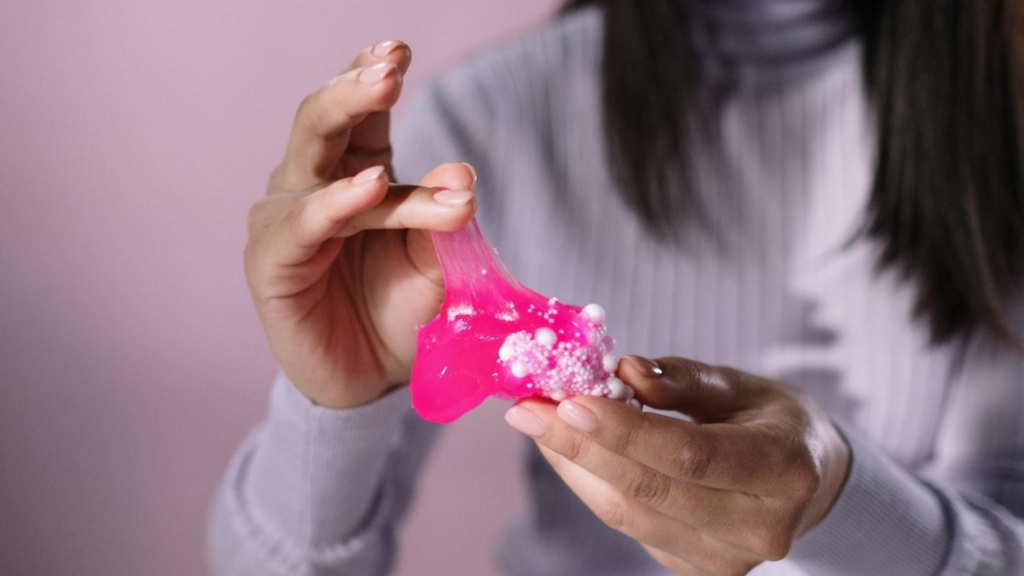
Kids love gross, gooey, slippery, slimy stuff. What better way to get them involved in science than to have them make their own slime?
But, this is no ordinary slime.
It glows in the dark!
The recipe is so simple you’ll wonder why you never did this before.
Below are the ingredients you’ll need to bring this project to life!
Glow in the Dark Slime Ingredients
- ½ Cup of White Glue
- ½ Cup of Liquid Starch
- 2 Tablespoons Glow in the Dark Paint
- Gel Food Color
- Mixing Bowl
- Plastic Spoon for Stirring
To get started, pour the glue and the glow-in-the-dark paint into the mixing bowl. Then add 20 to 25 drops of food coloring gel and mix the ingredients until they blend.
Next, add in your liquid starch.
Mix all of the ingredients until a thick slime forms.
Finally, knead the creation with your hands, and then remix the slime. Doing this helps you find and smooth out any unmixed glue.
If the slime feels too sticky, add more liquid starch in small amounts. You can also rinse your slime if it’s too slimy.
What STEM Lesson Does This Teach First Graders?
Glow in the dark slime helps first graders explore the concept of viscosity because they get to turn a lower viscosity liquid (glue) into a thicker slime concoction. They also have an opportunity to learn about luminescence (the spontaneous emission of light that results from a chemical reaction).
Project 2: Spewing Pumpkin Experiment

Once you finish your slime project, it’s time to carve up everybody’s favorite fall fruit.
Now, I know what you’re thinking, a pumpkin is a fruit?
Yes.
Not only is it a fruit, but it makes for a great science project.
For this project, we’ll turn your jack-o-lantern into a jack-o-spewer that foams at the mouth with a frothy, bubbly fizz.
Spewing Pumpkin Ingredients
- 1 Medium Sized Pumpkin (Carved)
- 1 Cup Baking Soda
- 2 Cups Vinegar
- Food Coloring
- Dish Soap
As mentioned above, the first step is to clean out and carve up a pumpkin. Give it eyes, a nose, and a wide mouth (teeth are optional).
Next, pour 1 cup of baking soda inside the pumpkin. It doesn’t have to be an exact measurement. If the pumpkin is on the small side, start with less baking soda and add more as needed.
Add several drops of food coloring to the baking soda (and a bit of dish soap for extra foam if you prefer).
Lastly, let your kids pour the vinegar over the concoction inside. Now leap back and watch the pumpkin spew a bubbly, fizzy mess!
What STEM Lesson Does This Teach First Graders?
The spewing pumpkin teaches children about chemical reactions and if/then scenarios. If certain chemical elements are mixed, then a response such as foam, fizz, or even an explosion can occur (don’t worry, the spewing pumpkin doesn’t explode).
Special Note: This project is best for a grassy area or somewhere that won’t leave a stain. If you do it on your porch or a table, lay a cloth underneath the pumpkin to avoid a mess.
Project 3: Spooky Self-Inflating Ghost
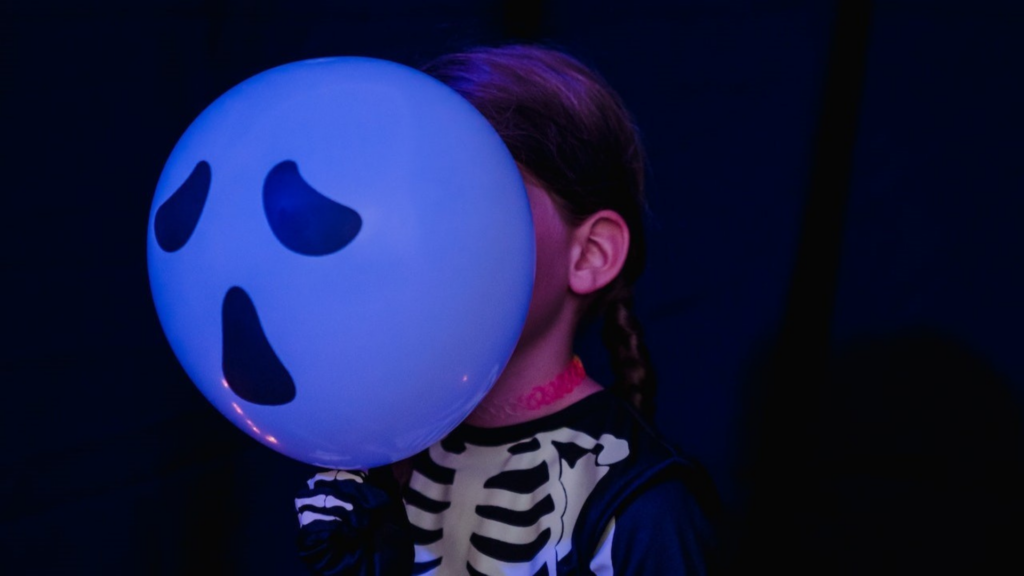
Balloons. Kids love them, but first graders have a hard time blowing them up. This experiment gives them a fall-themed way to inflate a balloon while learning about carbon dioxide gas.
The best part about this project is that you should already have most of the ingredients since you used them for your spewing pumpkin.
Spooky Self-Inflating Ghost Ingredients
- White Balloons (or whatever color you want)
- Black Marker
- 1 Empty Water Bottle
- 1 Funnel
- 1 Tablespoon of Baking Soda
- ½ Cup of Vinegar
For this one, use your black marker to draw a spooky ghost face on a balloon.
Now, pour a half cup of vinegar into the empty bottle.
Insert the small end of the funnel into the bottom of the balloon and use it to pour baking soda inside.
Remove the funnel from the balloon.
Bend the neck of the balloon and attach the opening over the open bottle top. Be careful not to let the baking soda fall into the bottle just yet.
When ready, have your child raise the balloon so the baking soda drops into the bottle, where it will mix with the vinegar.
Watch and be amazed!
What STEM Lesson Does This Teach First Graders?
When vinegar and baking soda mix, they create carbon dioxide – the same gas that all humans breathe out. The gas causes the ghost balloon to inflate due to a build-up of carbon dioxide inside the bottle. As the gas fills the space, it causes the balloon to expand.
Special Note: If you plan to add more baking soda or vinegar to your concoction, you may want to take the project outdoors, as spills are likely!
Project 4: Black Magnetic Slime

For our final Fall STEM project, we’ll end where we began.
SLIME!
This time, we’ll go a step further to increase the science (and fun factor).
For this project, you’ll use many of the same ingredients as your glow-in-the-dark slime project.
You’ll also need a couple of extra items. Thankfully, you might have some of these lying around the house. Check before you shop!
Black Magnetic Slime Ingredients
- ¼ Cup of White Glue
- ⅛ Cup of Liquid Starch
- 2 Tbsp Iron Oxide Powder
- Mixing Bowl
- Plastic Spoon for Stirring
- 1 Tbsp Measuring Spoon
- Neodymium Rare Earth Magnet
To create your dark magnetic slime, pour your glue into the mixing bowl. Now stir two tablespoons of iron oxide into the mix.
At this point, you’ll have a gray(ish) liquid concoction.
Add in ⅛ cup of liquid starch and stir until slime forms in your bowl.
Like before, you’ll want to knead the slime with your hands to find any unmixed glue chunks. Then stir your slime again.
Finally, rinse the slime under water to clear off any extra liquid starch and to reduce the stickiness. Now you have a friendly black slime to play with.
The last step is to grab that neodymium magnet and use it to manipulate the magnetic black slime you just created. Kids absolutely love this one!
What STEM Lesson Does This Teach First Graders?
With black magnetic slime, your first grader learns about chemical reactions, viscosity, and magnetization. This experiment helps children learn how different forms of metal elements can hold a magnetic charge, even as a liquid.
Special Note: Regular magnets won’t work for this project because they aren’t strong enough. You need a rare earth magnet like the kind we linked to above.
Ready to Give Your Kid a Deeper STEM Learning Experience?
Fall STEM projects are loads of fun! They give kids an easy way to stay entertained when temperatures drop.
If you enjoyed the projects above and think your child is ready for more STEM learning, consider enrolling them with iCode School.
At iCode, we specialize in teaching children science, technology, engineering, and mathematics.
When you enroll your child at iCode School, they’ll participate in many fun projects, and learn skills that will help them throughout the rest of their lives. Plus, they’ll do it all with the help of dedicated instructors and peers with similar interests.
Recommended Blogs
Enter Our New Contest to Win a Tello Quadcopter Drone!
Are you a parent in the DFW area with a tech-savvy child who loves drones, coding, video games, and all things STEM? Or are you a big fan of drones? We have some thrilling news for you! We're hosting an exciting NEW contest and you or your child has the chance to win a Tello Quadcopter Drone with HD Camera, VR capabilities, DJI technology, and an Intel processor. Valued at $169.99, this incredible prize could be yours for FREE! iCode Summer Giveaway What is the Contest About? Our contest is designed to engage kids who are passionate about technology and STEM. It’s a fantastic opportunity for them to showcase their skills and interests while competing for an amazing prize. By participating, they not only stand a chance to win the drone but also get to be part of a fun and educational experience. How to Enter Entering the contest is simple! Just click on the section below to enter the contest, or head over to our gleam.io contest page, sign up, and complete various actions to earn entries. The more actions you complete, the higher your chances of winning. Important Dates Make sure to mark your calendars! The contest runs…
Why Gamified Learning at iCode is the Future of STEM Education
Founded in 2015 in Frisco by Abid Abedi, a father who wanted to create an after-school program that kids would love rather than dread, iCode has grown into a nationwide phenomenon. With programs in STEM, coding, robotics, gaming, and more, iCode combines education and entertainment to keep children ahead of the curve in today’s fast-paced technological world. Watch This Video About iCode from CW33 Abedi, a father of three daughters, understood the importance of designing a welcoming and exciting place for children to learn. He envisioned a space where kids could develop both technical and soft skills, such as communication, in an environment that felt more like a playground than a classroom. “Over the last several decades, the traditional way of teaching hasn’t changed. As a result, our children are falling further and further behind while our culture and tech continue to rapidly advance beyond what is taught in the traditional classroom,” Abedi explains. As iCode celebrates its 100th education franchise location and projects to double by the end of 2024, it's clear that their innovative approach is resonating with parents and children alike. Whether it’s after-school learning opportunities or summer camps, iCode’s programs are crafted to make learning fun,…
What is Coding For Kids? Ultimate Guide For Parents | iCode
Coding (AKA computer programming) is wildly popular for kids today. Society relies on technology for virtually everything. Entire industries are falling away due to automation. But this isn’t necessarily a bad thing. It’s time to think about how to set your young child up for these new opportunities and success in the future by teaching kids coding and the basics of computer science.As technological advancements continue to evolve over the decades to come, coding will become a critical skill.Kids who learn basic coding skills today will have less to fear from artificial intelligence (AI) and automation because they will code the next AI programs instead of being replaced by them.But what exactly is coding and how can you teach it to your kids? That’s what we’ll cover in this article. What is Coding for Kids? Coding refers to computer programming. Some people call this “writing code.” Computer programs are created from many lines of text and numbers (code). When code is written in the proper order in the appropriate software program, the software can execute whatever command the code represents. For instance, in a software program that accepts HyperText Markup Language (HTML) writing <br> is like hitting the enter key when typing…


